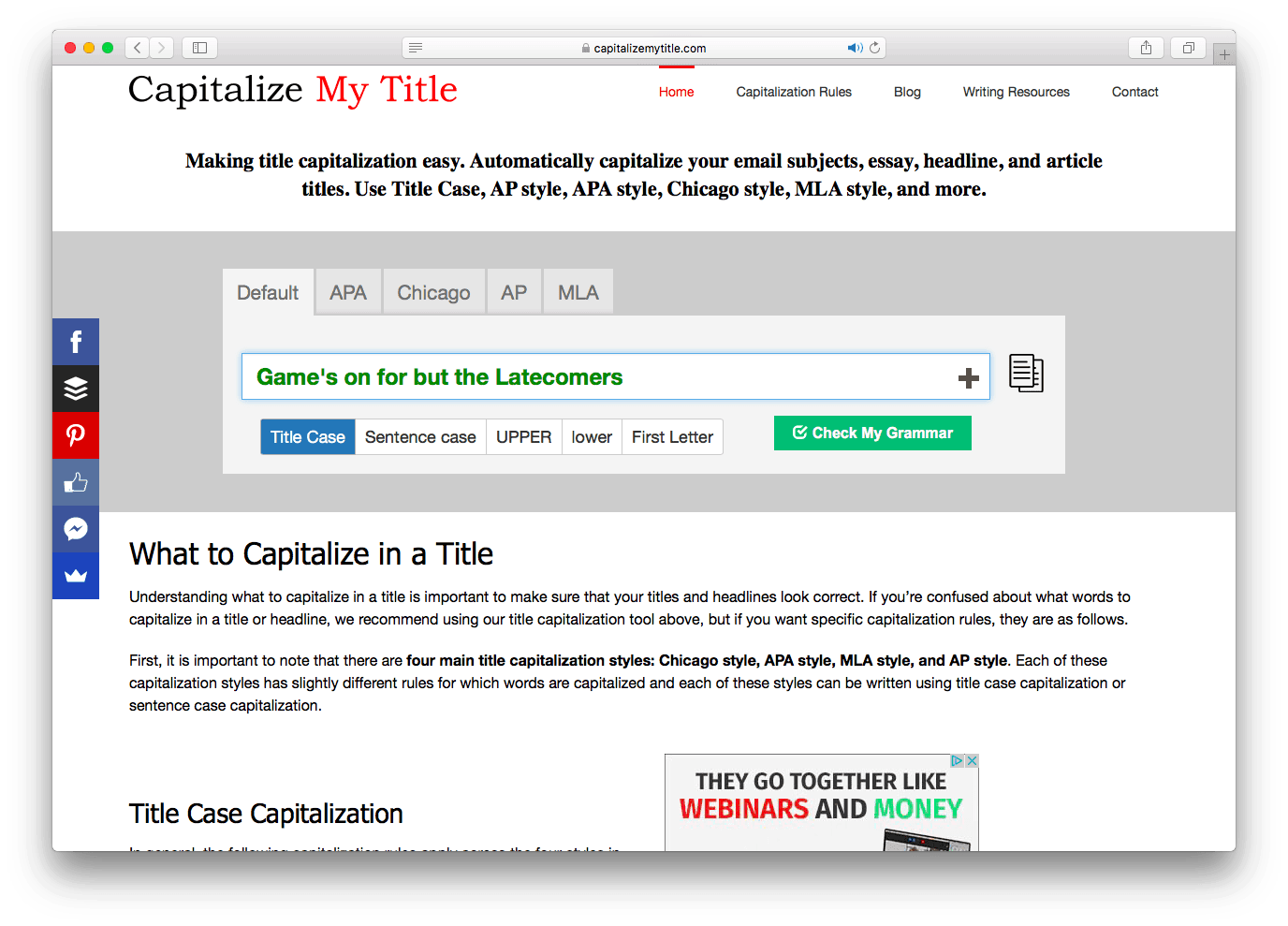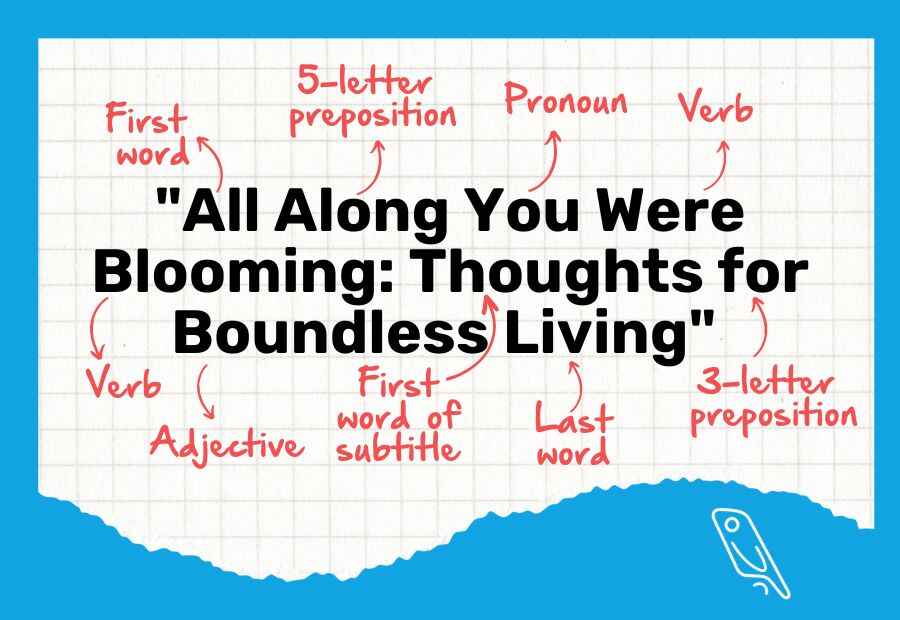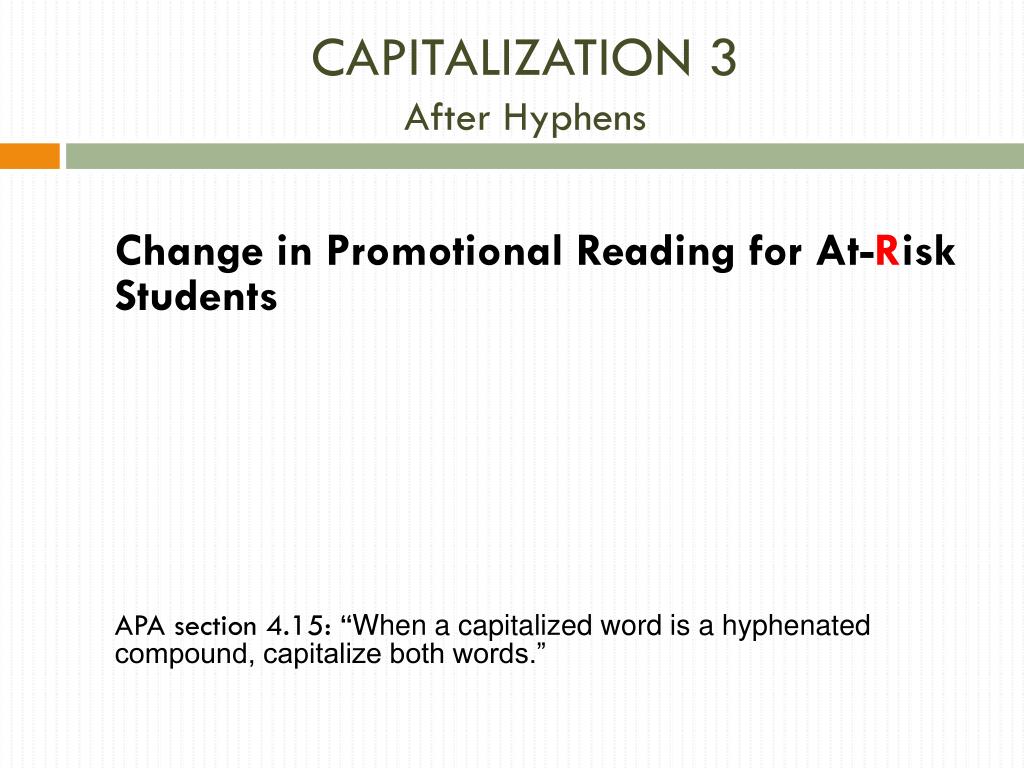

Capitalize the second word in a hyphenated compound if both words are equal and not suffices or prefixes (e.g., “Cost-Benefit”).Lowercase the second word in a hyphenated compound when it is a prefix or suffix (e.g., “Anti-itch”,”world-wide”) or part of a single word.Lowercase articles (a, an, the), coordinating conjunctions, and prepositions of four letters or fewer.

#AP STYLE HEADLINE CAPITALIZATION MANUAL#
This will convert your text to uppercase.Īmerican Medical Association (AMA) Manual of Style 11th Edition Capitalization RulesĪMA style capitalization is mainly used in the scientific community. You can quickly convert your text or title to all caps by selecting the “UPPER” button on the tool.

If you want to change your title from uppercase to title case, you can select the “Title Case” button above. You can also use this tool to do it automatically. Lowercase to uppercase converterĪlternatively, you can use our tool to convert text from lowercase to uppercase by clicking the “UPPER” button. If you left caps lock on accidentally, you can quickly convert your title from uppercase to lowercase by selecting the “lower” button above. Quickly convert your title or text to sentence case by simply clicking the “Sentence case” button in the tool above. Quickly convert your title or text to title case by simply clicking the “Title Case” button in the tool above.

AP: Use the Associated Press Stylebook capitalization guidelines.Chicago: Capitalize using the Chicago Manual of Style capitalization rules.APA: Capitalize using the APA style guide.You can learn more in the Title Capitalization Rules by Style section. The top tabs allow you to select which style of capitalization you want to use. Below is a description of the ways you can use our case converter. You have multiple options to capitalize and change the case of your titles, headlines, song titles, book titles, email subjects, and more.


 0 kommentar(er)
0 kommentar(er)
